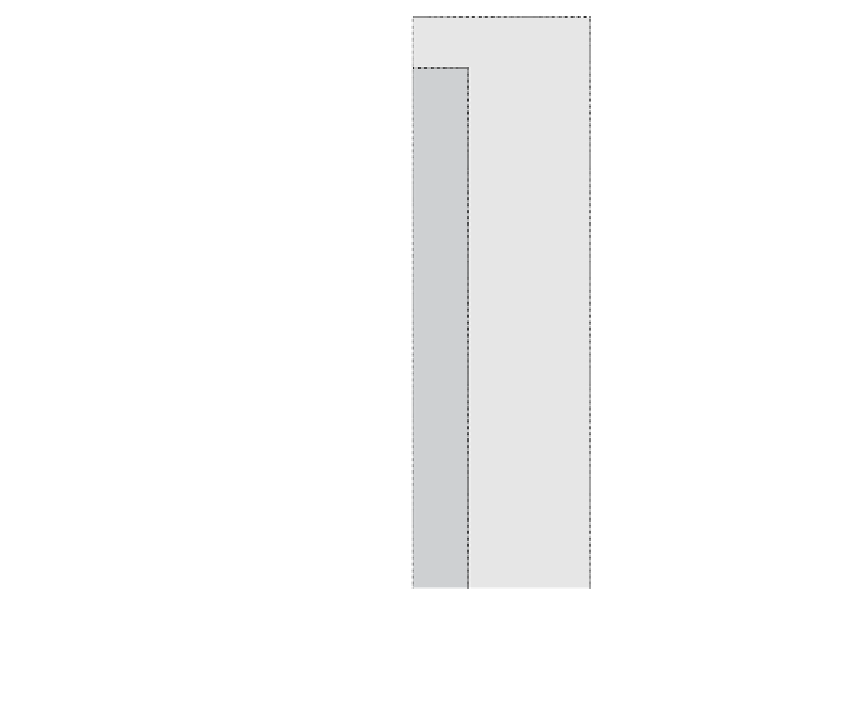Environmental Engineering Reference
In-Depth Information
restrictive, and inappropriate in developmental terms. Transport CO2 emissions will rise in all
plausible scenarios, and the scale of reduction against BAU becomes the important issue.
The argument from the Stern (2009) blueprint is slightly different in using per capita
emission levels and equity as the basis for targets. Stern argues for a global reduction in cross-
sectoral CO2 emissions of at least 50 per cent from 1990 levels (from over 50 GtCO2e now
to 20 GtCO2e) by 2050 (see discussion in
Chapter 1
). For developed countries this means an
80 per cent reduction in CO2 emissions on 1990 levels, to around to 2 tonnes per capita per
annum by 2050. If the transport sector accounts for 25 per cent of CO2 emissions, then this
equates to around 0.5 tonnes per capita within transport. The richer countries and cities (e.g.
London) are thus looking at major CO2 emission reductions, in the order of 60-90 per cent
depending on their baseline. Cities such as Delhi are very different in that they can afford
a substantial increase in emissions, at least on 1990 levels, to reach these equitable targets,
as they are starting from lower baselines than the global blueprint target. The argument is
very similar to that developed under the 'contraction and convergence' (C&C) framework
developed by Meyer (2000) in that the equity principle is paramount, and everyone has an
equal right to produce CO2 emissions. Meyer views per capita equality as possible by 2100,
with an initial fall in emissions (contraction) and thereafter emissions would fall to reach
'safe' levels by 2100 (convergence) (
Figure 5.17
). The C&C framework was supported by
countries such as China and India, largely because it was consistent with the 'developmental
Contraction
USA
6
FSU
OECD less USA
3
Tonnes Carbon
Per Capita
CHINA
Rest of World
INDIA
0
Gigatonnes Carbon
[Gt C] Gross
Rest of World
INDIA
CHINA
8 Gt C
Former Soviet Union
OECD minus USA
USA
4 Gt C
Source GCI 2012©
1800
1900
2000
2030
2100
2200
Figure 5.17
Contraction and convergence framework
Note
: 450ppm and convergence by 2030.
Source
: Aubrey Meyer, Global Commons Institute, 2013.





























